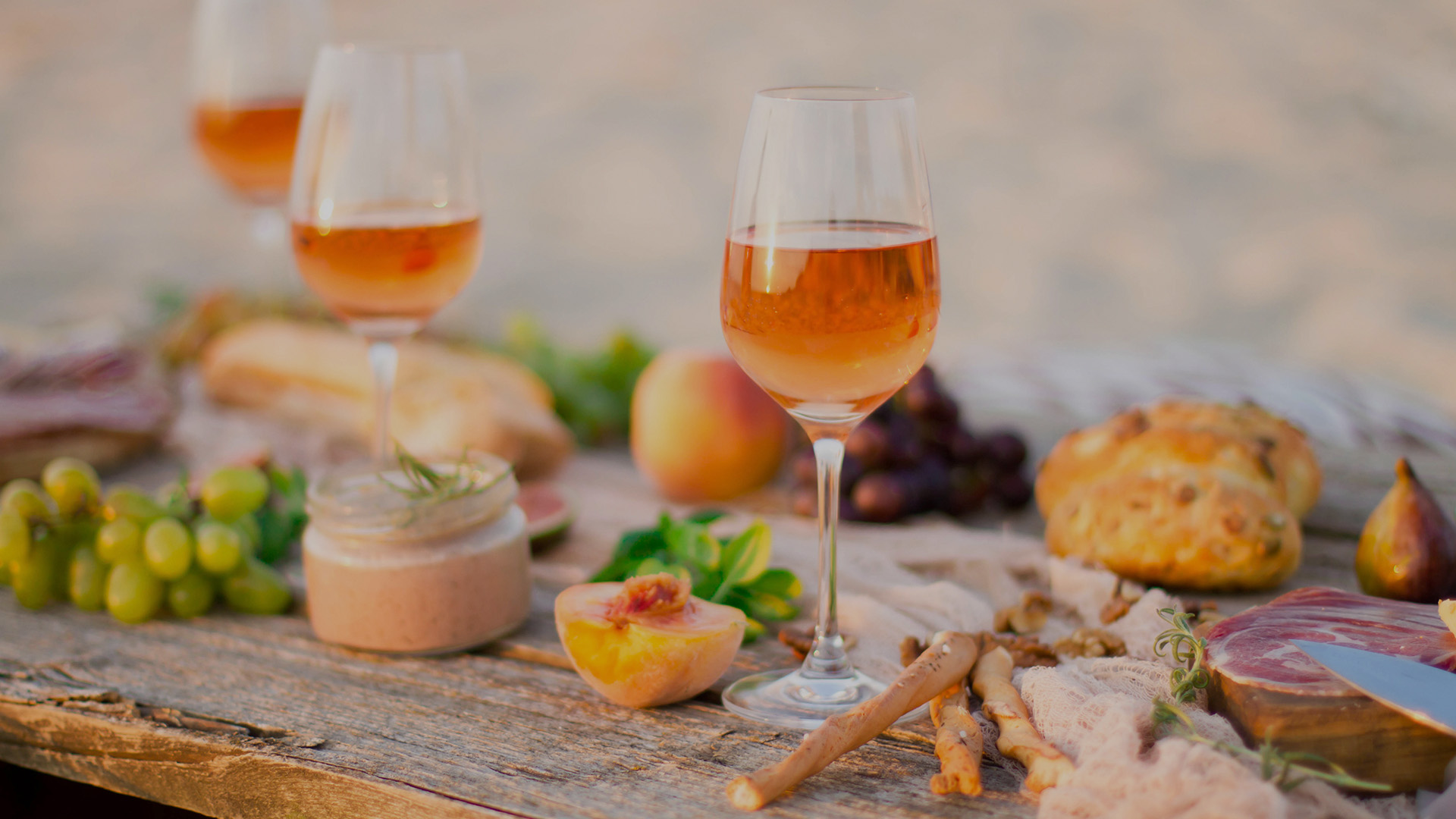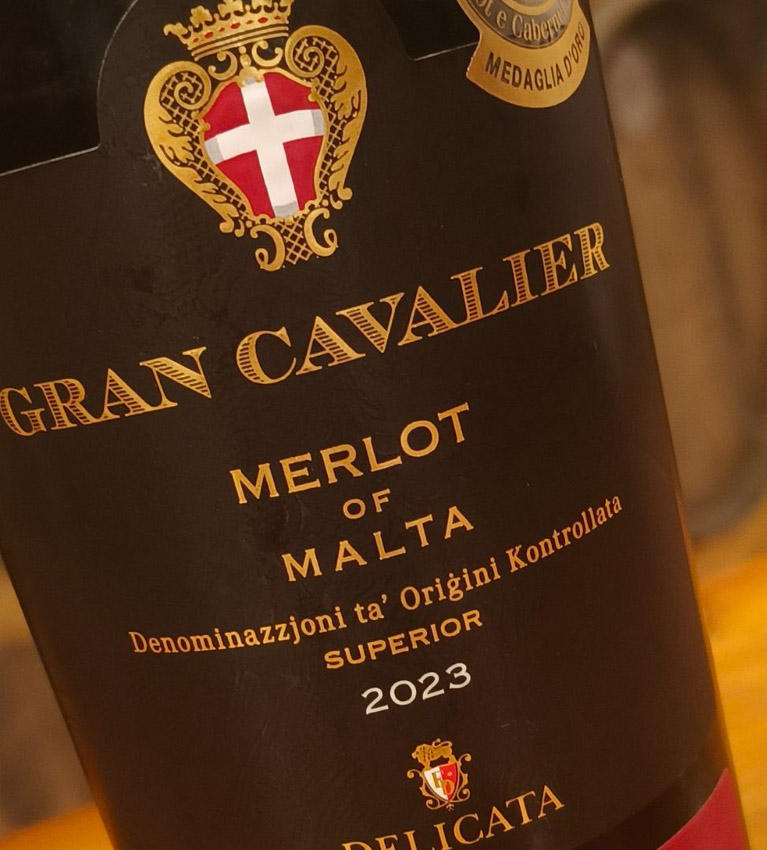
Orange Wines: A Journey into Tradition and Innovation

Discover Culinary Excellence with Neriku: A Legacy of Taste and Tradition
May 2, 2024
Food Photography – Horeca Issue 15
May 6, 2024Orange wine, also known as skin-contact, skin-fermented, or amber wine, carves out a distinctive niche in the expansive, beautiful world of viticulture.
Orange wines are crafted from white grapes but undergo a unique fermentation process, involving mainly prolonged contact between grape skins and juice. This complex procedure results in a spectrum of hues from light copper to deep amber, accompanied by noticeable tannins, a complex array of aromas, and textured mouthfeel.
These wines, rarely treated or filtered, may exhibit sediment or a slight haze, enhancing their unique character and authenticity.
Beyond their visual allure, orange wines boast a celebrated, although often controversial too, flavour profile. The extended skin contact not only influences colour but also facilitates the transfer of tannins, phenolic compounds, antioxidants, and other pigments, contributing to wines of highly gastronomic potential.
Described as more robust, full-bodied, and layered than traditional whites, orange wines reveal notes of dried fruits, tea leaves, jackfruit, nuts, sourdough, linseed oil, wood varnish, and a pleasant oxidative character.
Dating back nearly 6,000 years to Georgia in the Caucasus Mountains, the origins of orange winemaking are deeply rooted to tradition. Historically, winemakers used qvevris or kvevris—clay vessels buried underground—for fermentation and ageing.
Today, this ancient technique has transcended borders, inspiring wineries worldwide, from the world renowned Joško Gravner in Friuli, to our own Mar Casar in Siġġiewi, using traditional Georgian qvevri to produce – among others - an amber, natural Chardonnay.
Orange wines, aligned with the natural wine movement, have garnered attention from sommeliers and enthusiasts over the past two decades. Offering diverse textures and complexity, they pair excellently with bold cheeses, charcuterie, and hearty dishes, challenging conventions by complementing cuisines traditionally associated with red wines.
While not all orange wines adhere to natural winemaking principles, many embrace organic and biodynamic practices, appealing to sustainability-conscious consumers.
The production of orange wine varies widely, reflecting winemaking traditions and individual vintner preferences. Grape varieties like Rkatsiteli in Georgia, Pinot Grigio, Ribolla Gialla, and Malvasia in North-East Italy and Slovenia dominate, with notable producers in South of France, Spain, Germany, Austria, Greece, and the USA.
Some producers opt for a low intervention approach, allowing natural fermentation and ageing in clay vessels, while others may incorporate modern techniques and stainless-steel fermentation tanks or even oak, resulting a large variety of orange wines, from zero intervention-zero additives (commonly referred to as zero-zero wines), natural orange wines, to more conventional approaches that use skin-contact as a tool, to further increase complexity and texture.
The resulting diversity within the category ensures that there's always something new and exciting to discover for those willing to explore the world of orange wines.
As the question arises about the longevity of orange wines, their history spanning thousands of years suggests they are not just a passing trend. Positioned at the forefront of modern winemaking, orange wines blend tradition and innovation. While extreme examples, sometimes marginally faulty, will eventually extinct, the fundamental principles of orange winemaking are here to stay, offering winemakers a crucial tool to craft vibrant, complex, and versatile wines.
The world of orange wines awaits exploration, inviting both curious novices and experienced connoisseurs on an exciting journey.

Petros Skarmoutsos
Petros Skarmoutsos is a Greek professional who has called Malta home for the past 7 years. Armed with a master's degree in marketing management, Petros has garnered extensive experience in the HORECA sector, excelling as an operations manager in Greece and Malta. With a knack for curating impressive wine lists and cocktail menus, Petros has found his niche as the Wine Manager for Farsons Group since 2021.
Holding certifications as a sommelier from the Court of Master Sommeliers and as a WSET Diploma alumnus, Petros brings a wealth of expertise in representing over 200 esteemed wine brands from across the globe.
Click here to see Horeca Issue 15 online



